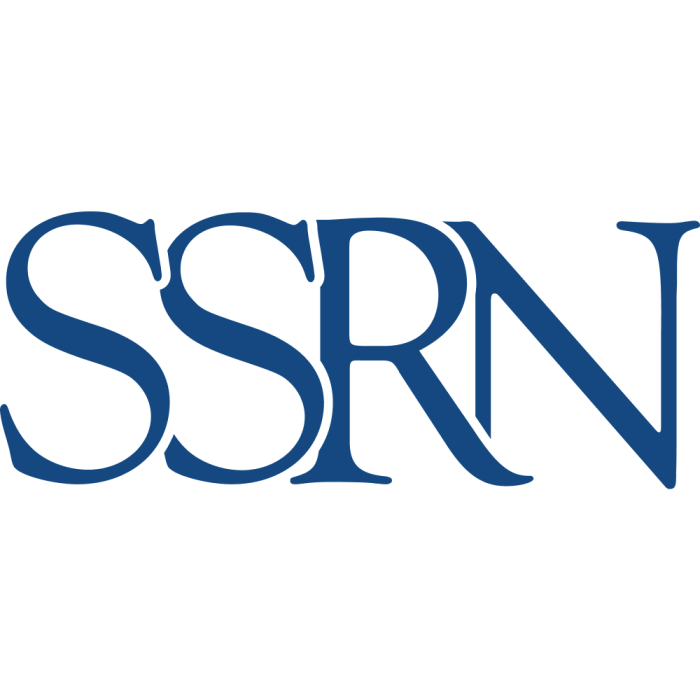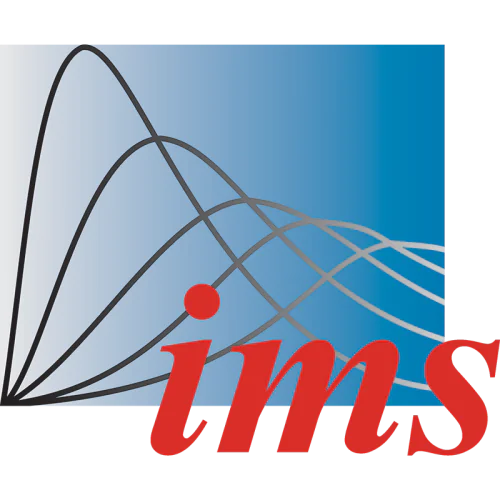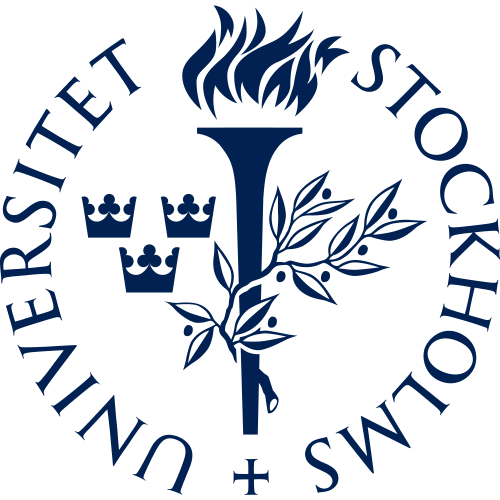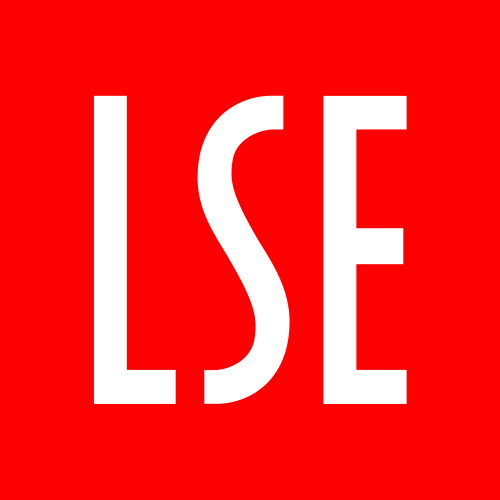Are you a researcher?
Create a profile to get free access to personal recommendations for colleagues and new articles.
journal names
Handbook of Monetary Economics
Top-3 citing journals

SSRN Electronic Journal
(1117 citations)

Journal of Monetary Economics
(102 citations)

Journal of Economic Dynamics and Control
(97 citations)
Top-3 organizations

Harvard University
(9 publications)

Columbia University
(7 publications)

Stanford University
(6 publications)
Top-3 countries
Most cited in 5 years
Found
Nothing found, try to update filter.
Found
Nothing found, try to update filter.
Top-100
Citing journals
Citing publishers
Publishing organizations
|
1
2
3
4
5
6
7
8
9
|
|
|
Harvard University
9 publications, 13.04%
|
|
|
Columbia University
7 publications, 10.14%
|
|
|
Stanford University
6 publications, 8.7%
|
|
|
Massachusetts Institute of Technology
5 publications, 7.25%
|
|
|
University of Cambridge
4 publications, 5.8%
|
|
|
Princeton University
4 publications, 5.8%
|
|
|
Yale University
3 publications, 4.35%
|
|
|
University of Chicago
2 publications, 2.9%
|
|
|
University of Wisconsin–Madison
2 publications, 2.9%
|
|
|
Stockholm University
1 publication, 1.45%
|
|
|
London School of Economics and Political Science
1 publication, 1.45%
|
|
|
Carnegie Mellon University
1 publication, 1.45%
|
|
|
University of Southampton
1 publication, 1.45%
|
|
|
Johns Hopkins University
1 publication, 1.45%
|
|
|
Pennsylvania State University
1 publication, 1.45%
|
|
|
Northwestern University
1 publication, 1.45%
|
|
|
New York University
1 publication, 1.45%
|
|
|
Ohio State University
1 publication, 1.45%
|
|
|
University of California, Los Angeles
1 publication, 1.45%
|
|
|
University of California, San Diego
1 publication, 1.45%
|
|
|
National and Kapodistrian University of Athens
1 publication, 1.45%
|
|
|
University of Groningen
1 publication, 1.45%
|
|
|
University of Maryland, College Park
1 publication, 1.45%
|
|
|
Pompeu Fabra University
1 publication, 1.45%
|
|
|
University of Pennsylvania
1 publication, 1.45%
|
|
|
Elon University
1 publication, 1.45%
|
|
|
University of Rochester
1 publication, 1.45%
|
|
|
1
2
3
4
5
6
7
8
9
|
Publishing countries
|
5
10
15
20
25
30
35
40
45
|
|
|
USA
|
USA, 42, 60.87%
USA
42 publications, 60.87%
|
|
United Kingdom
|
United Kingdom, 6, 8.7%
United Kingdom
6 publications, 8.7%
|
|
Sweden
|
Sweden, 2, 2.9%
Sweden
2 publications, 2.9%
|
|
Portugal
|
Portugal, 1, 1.45%
Portugal
1 publication, 1.45%
|
|
Greece
|
Greece, 1, 1.45%
Greece
1 publication, 1.45%
|
|
Spain
|
Spain, 1, 1.45%
Spain
1 publication, 1.45%
|
|
Canada
|
Canada, 1, 1.45%
Canada
1 publication, 1.45%
|
|
Netherlands
|
Netherlands, 1, 1.45%
Netherlands
1 publication, 1.45%
|
|
Republic of Korea
|
Republic of Korea, 1, 1.45%
Republic of Korea
1 publication, 1.45%
|
|
5
10
15
20
25
30
35
40
45
|









































































